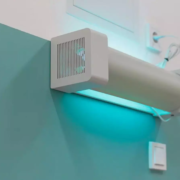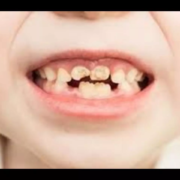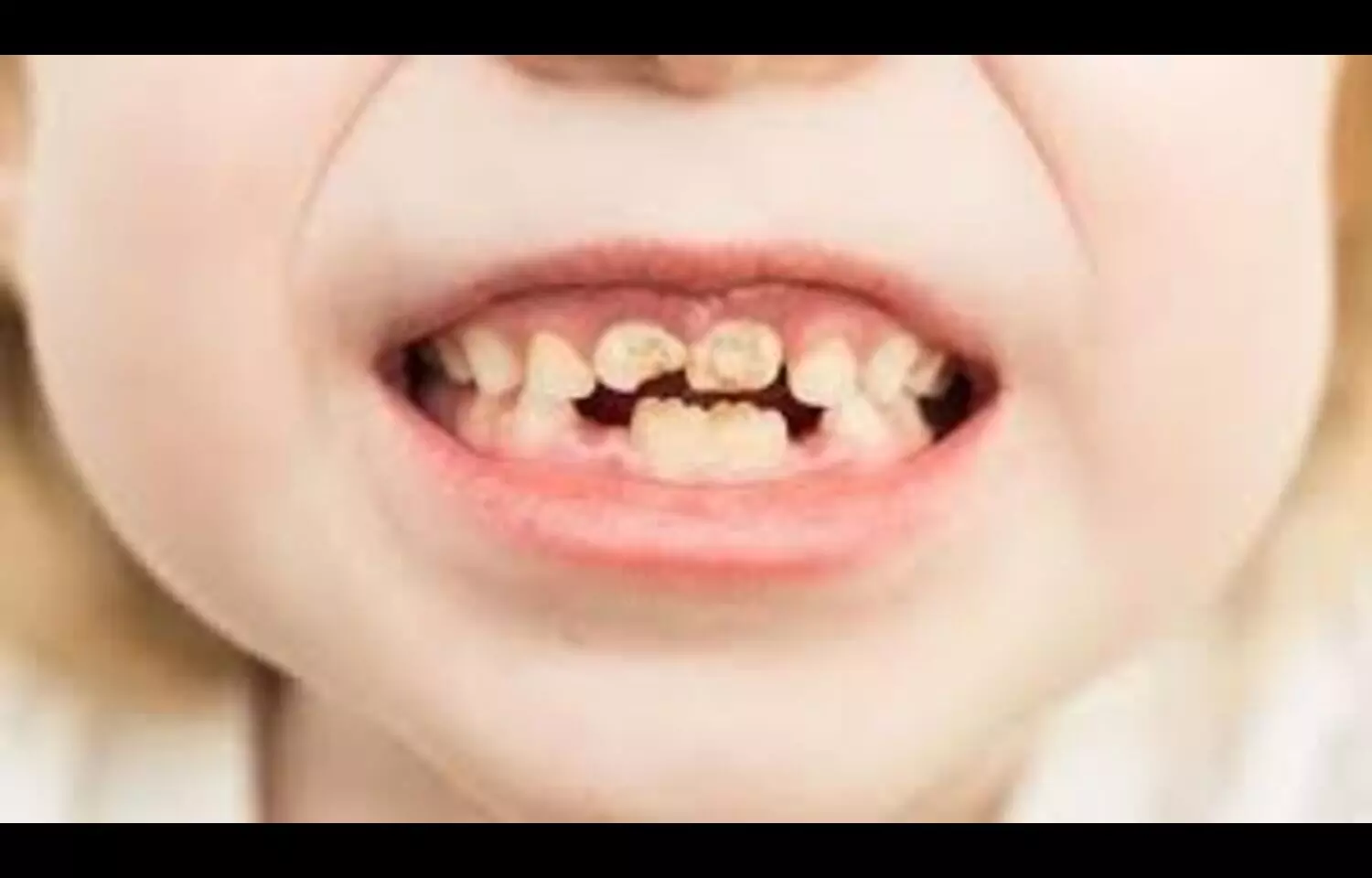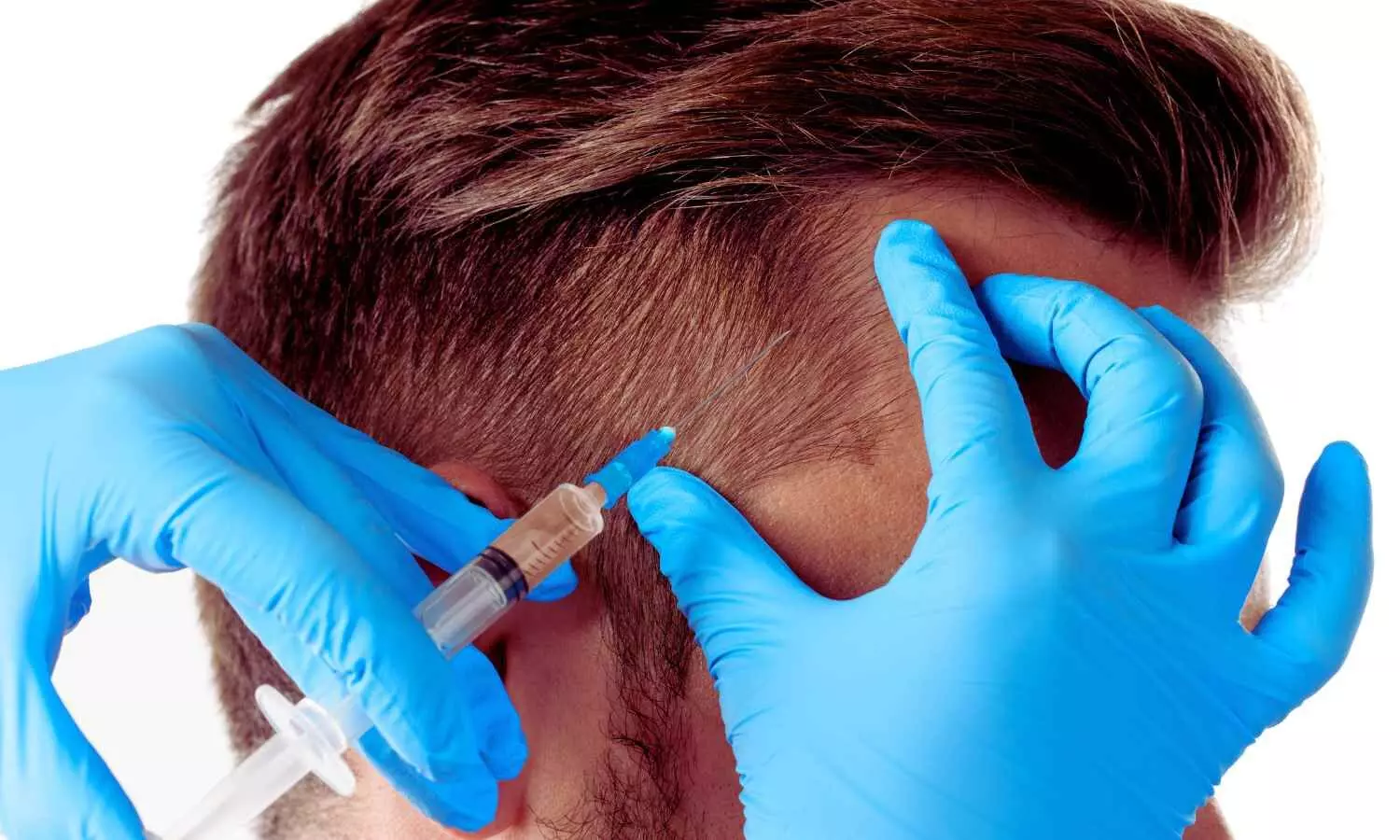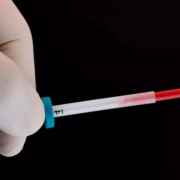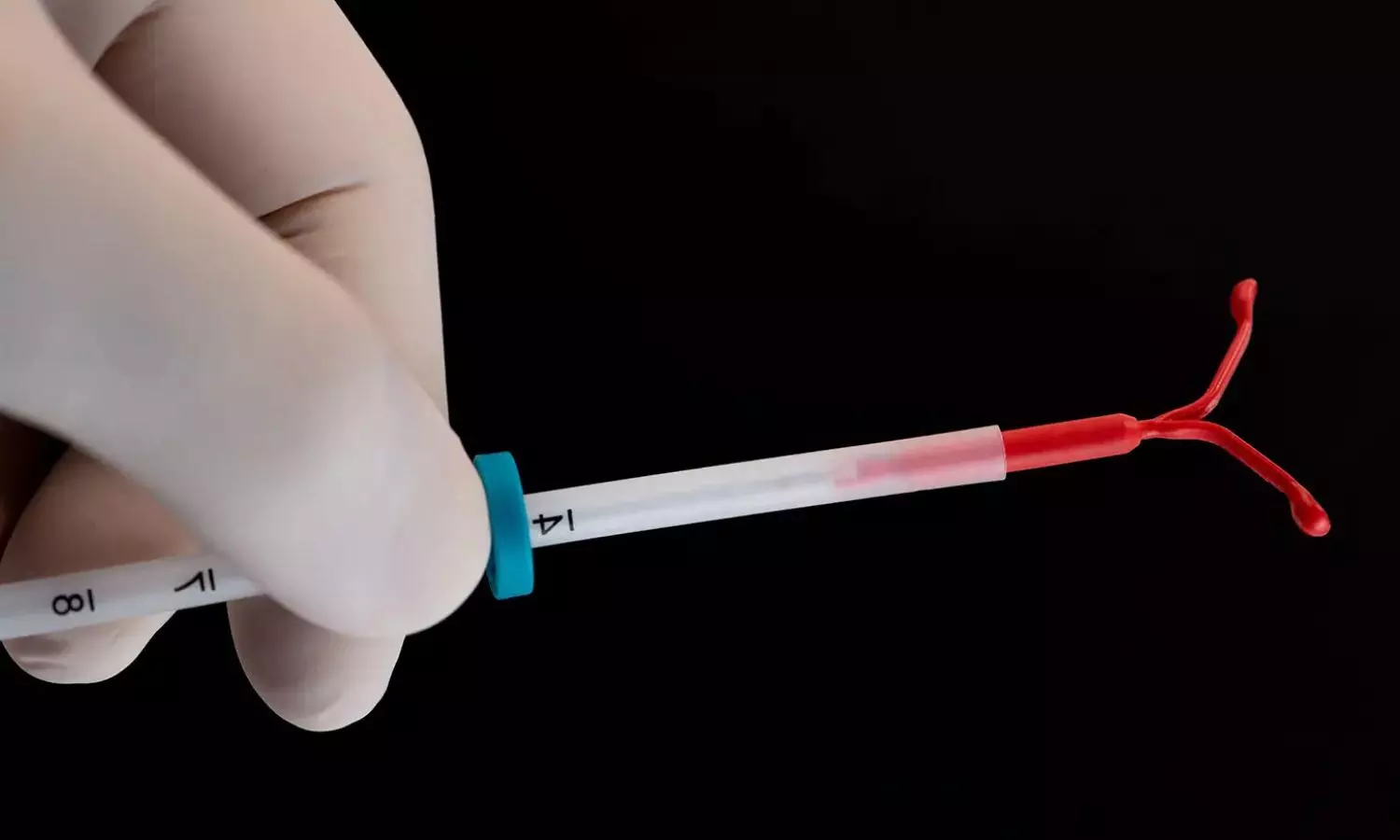GUV Light Shows Modest Impact on Reducing Respiratory Infections in Long-Term Care Facilities: JAMA
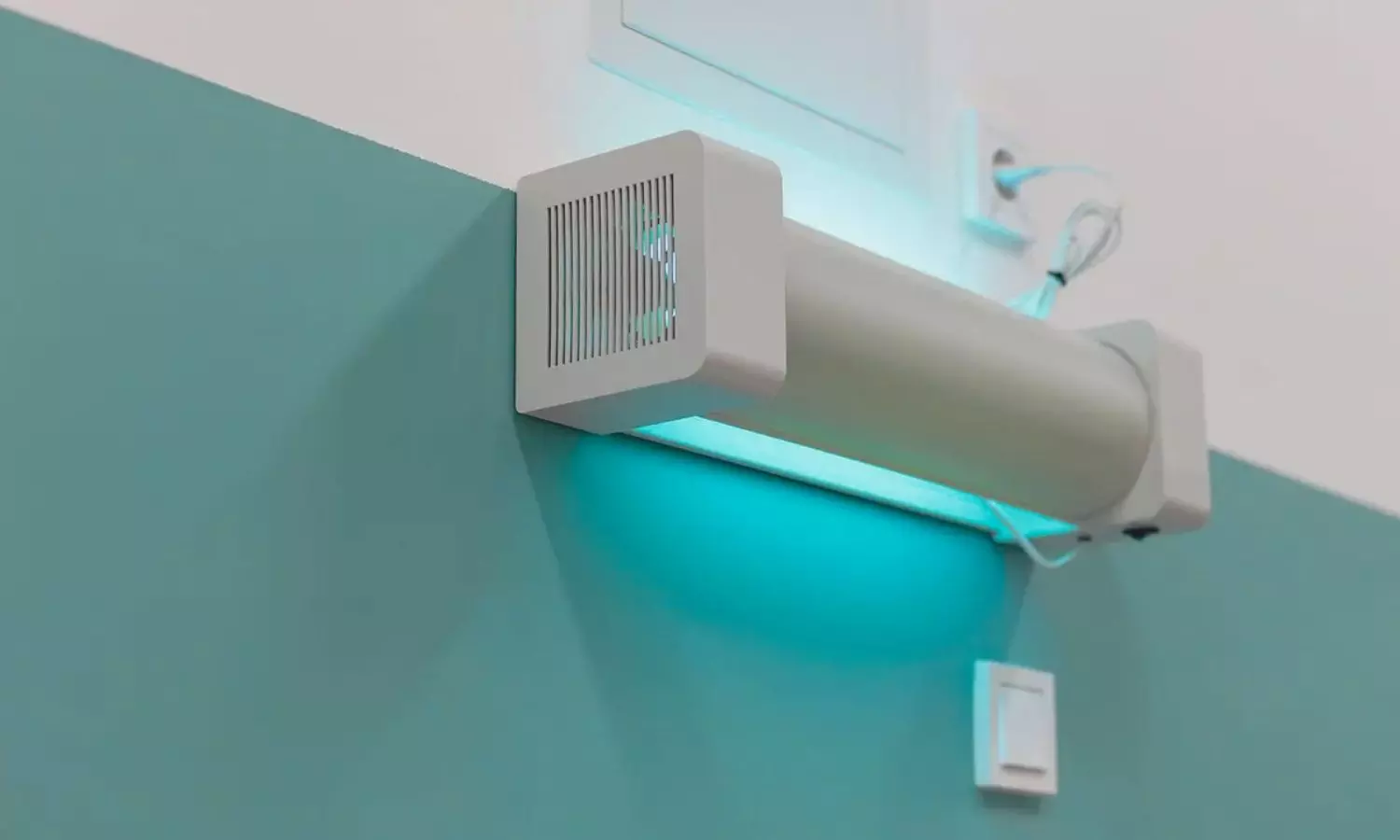
Australia: Researchers have found in a new randomized clinical trial that germicidal ultraviolet (GUV) light in common areas of long-term care facilities (LTCFs) did not reduce ARI incidence per zone per cycle, but did lead to a modest overall reduction in total acute respiratory infections (ARIs). GUV may serve as a supplemental infection control measure in such settings.
The study, published in JAMA Internal Medicine by Andrew P. Shoubridge and colleagues from the South Australian Health and Medical Research Institute, evaluated whether GUV appliances could help lower ARI rates in older adult residents of LTCFs. Respiratory outbreaks in such facilities are associated with high hospitalization and mortality rates, and current infection control practices often do not adequately address airborne transmission.
The multicenter, double-crossover, cluster-randomized clinical trial involved four LTCFs in metropolitan and regional South Australia. Eight zones covering a total of 211,952 bed-days were assessed over 110 weeks between August 2021 and November 2023. Each facility was divided into two zones, which alternated between active GUV appliances and inactive controls in six-week intervention periods separated by washout phases.
The following were the key findings of the study:
- A total of 596 acute respiratory infections (ARIs) were recorded during the study.
- Of these, 79.7% occurred during the intervention or control periods.
- The control group had an incidence rate of 4.17 infections per zone per cycle.
- The GUV intervention group recorded 3.81 infections per zone per cycle.
- The incidence rate ratio was 0.91, which was not statistically significant.
- A secondary time-series analysis showed a mean reduction of 0.32 infections per week in the GUV group.
- This reduction translated to a 12.2% overall decrease in ARIs throughout the study.
The findings suggest that while GUV did not significantly impact infection rates within individual study cycles, it contributed to a modest but meaningful decline in total ARI cases over time. According to the authors, this supports the potential role of GUV as an adjunct to existing infection control measures, particularly in settings with vulnerable elderly populations.
The study did have several limitations. The COVID-19 pandemic and associated public health restrictions affected study design, data collection, and diagnostic testing capabilities. Limited access to facilities prevented environmental sampling, and movement between intervention and control zones may have influenced outcomes. Additionally, many ARI cases were not confirmed through laboratory testing due to constrained diagnostic resources, and the results are specific to commercially available GUV devices used in the trial.
Despite these constraints, the research highlights the potential of GUV-based strategies to help mitigate airborne respiratory infections in long-term care environments. If proven cost-effective, integrating GUV with conventional infection control protocols could strengthen preparedness against seasonal outbreaks and emerging viral threats.
The authors emphasize the need for further research to optimize GUV deployment patterns and assess their impact across various facility layouts and infection prevalence levels.
Reference:
Shoubridge AP, Brass A, Crotty M, et al. Germicidal UV Light and Incidence of Acute Respiratory Infection in Long-Term Care for Older Adults: A Randomized Clinical Trial. JAMA Intern Med. Published online July 28, 2025. doi:10.1001/jamainternmed.2025.3388
Powered by WPeMatico

